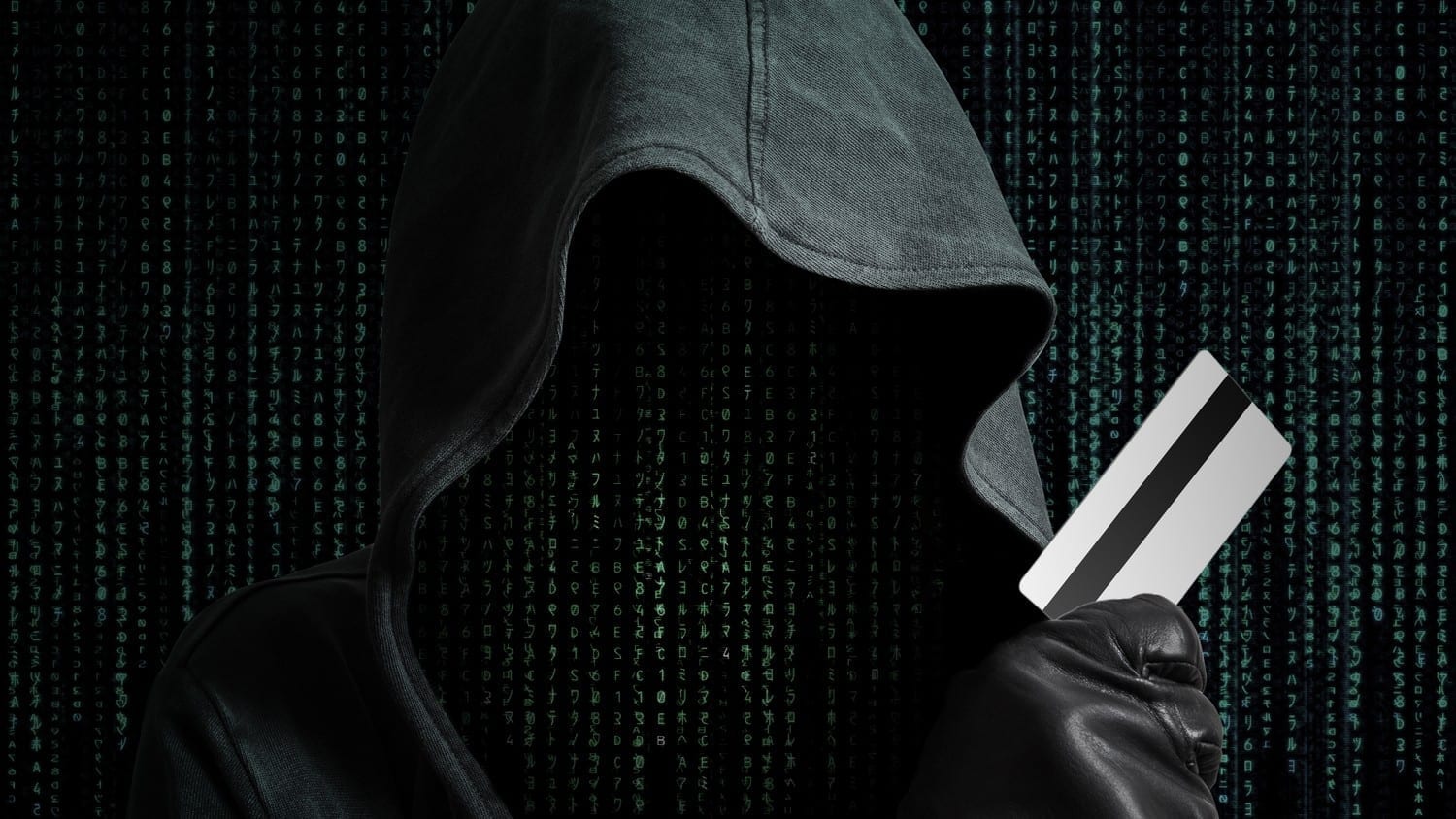Protect Yourself from Fraud In 2018 – Part One: Preventing Identity Theft

Protect Yourself from Fraud In 2018 – Part One: Preventing Identity Theft
Unfortunately, we live in a time when identity theft and fraud are running rampant. Almost every month, we hear of major security breaches with companies like Yahoo, Uber, Equifax, and Dropbox all compromised. When these types of breaches occur, millions of usernames and passwords are hacked, often resulting in identity theft and fraud.So, what can you do to protect yourself in 2018? What steps can you take to ensure that you don’t get hacked?We’re going to break down the how, what, and why of protecting yourself, touching on everything from your digital accounts to your bank account.9 Steps to Protect Yourself from Identity TheftMany times, identity theft starts with a digital breach. From there it often moves to bank accounts and credit cards, which can be an absolute nightmare. In order to protect yourself against these things, follow these nine steps.#1 – Shred your documents. Don’t toss bank statements and credit card receipts in the trash. Destroy them using a cross-cut shredder or shredding service.#2 – Strengthen your passwords. Use random combinations of letters, numbers, and special characters. Create different passwords for each account and alter them frequently. Alternatively, you can use a password manager like OnePass or Dashlane to create and manage all of your passwords for you.#3 – Check your credit reports. You’re entitled to one free credit report every year from each of the three major credit reporting bureaus. Request one report every four months and review it for suspicious or incorrect information. Visit AnnualCreditReport.com to request your reports.#4 – Guard your Social Security Number. Avoid sharing it when it’s not absolutely necessary, and don’t keep it, or your Social Security card, in your wallet. After all, this is typically a key identifier for many accounts.#5 – Be smart about social media. It is smartest to leave personal details, such as your birthday or address, off of your profiles. This information can be used in an effort to get you to click on malicious links. Utilize your privacy settings and be cautious about whom you accept as a connection.#6 – Secure your phone. Lock your device with a password, turn off Bluetooth when you’re not using it, and be cautious when downloading apps — only download from sources you know and trust. Additionally, consider using end-to-end encrypted messaging apps such as WhatsApp. Other options are available, too. This article provides a review.
 Phishing: Avoid the hook; U.S. Air Force graphic by Airman Shawna L. Keyes, public domain.
Phishing: Avoid the hook; U.S. Air Force graphic by Airman Shawna L. Keyes, public domain.

About Anna Kucirkova
Anna Kucirkova speaks three languages, has a passion for kids and writing. While she has been to many places in Europe and SE Asia, she still wants to explore the rest of the world.
